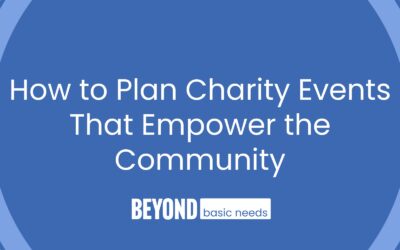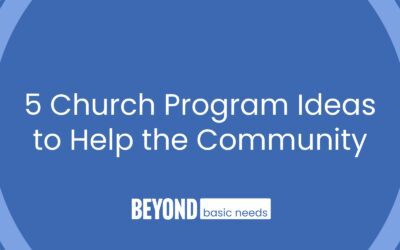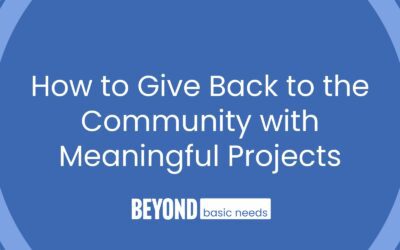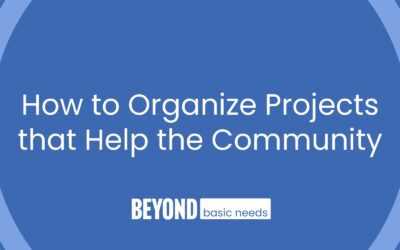When someone is diagnosed with cancer, it affects them, their loved ones, and the entire community. This is why community involvement can significantly support cancer warriors and make their journey a little bit easier.
At Beyond Basic Needs, we provide Chemo Care Kits for Cancer Warriors as one way to get the community involved and provide support during the arduous journey of fighting cancer.
Let’s discover in which ways you can be involved in your loved one’s battle:
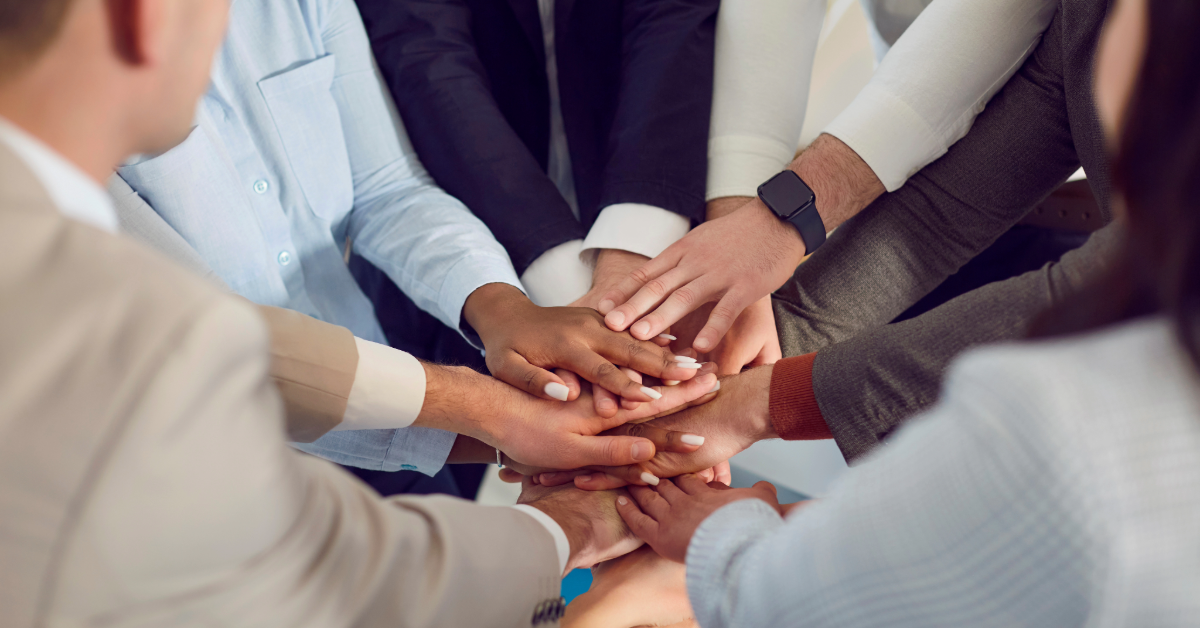
1. Emotional Support
Overcoming cancer requires a lot of emotional strength. Involvement from the community can provide emotional support for cancer patients and their loved ones. It’s important to listen, empathize, and offer a helping hand when needed. Simply being present for someone during their journey can make all the difference.
Joining a support group as a community with the cancer warrior and their family can give them a sense of belonging, as they know they’re not alone on this journey.
2. Practical Assistance
Cancer treatments are long and exhausting, and patients may struggle to keep up with household chores or maintain routines. That’s where practical assistance from the community comes in.
Offering to run errands, prepare meals, or care for children can greatly help cancer warriors and their loved ones. It’s also important to check in with them regularly to see if they need help with anything.
3. Fundraising
Fighting cancer can take a toll on one’s financial status. The cost of medical bills, medications, treatments, and time off work can add up. The community can help by fundraising for cancer patients. Fundraising events such as auctions, bake sales, and walks can raise awareness about cancer and provide financial aid for the warrior and their family.
4. Donating
Donating is another way to show support for cancer patients. Donations can be made towards resources, transportation fees, medication, or other essential expenses for cancer patients. In any form, donations can go a long way in supporting cancer patients fighting their battle.
**To donate a Chemo Care Kit to a cancer warrior, click here.
5. Volunteering
Volunteering is an excellent way to get involved in their community and support cancer patients. Hospitals and clinics, cancer foundations, and charitable organizations often look for volunteers to help run events, fundraise, and support the cancer community.
Volunteering not only helps cancer patients but also helps those volunteering with a sense of purpose and the satisfaction of helping individuals who need it the most.
Cancer is a disease that affects an individual and the entire community. Community involvement can help make the journey of fighting cancer a little bit easier.
There are ample ways to get involved, from emotional support to practical assistance, fundraising, donating, and volunteering. It’s important to remember that even the smallest contribution can go a long way in supporting cancer warriors.
At Beyond Basic Needs, we provide Chemo Care Kits for Cancer Warriors as one way to get the community involved and provide support during the arduous journey of fighting cancer. We hope this blog inspires you to get involved in your community and show support for cancer patients in need.
Are you ready to make a positive difference in the lives of cancer warriors?




